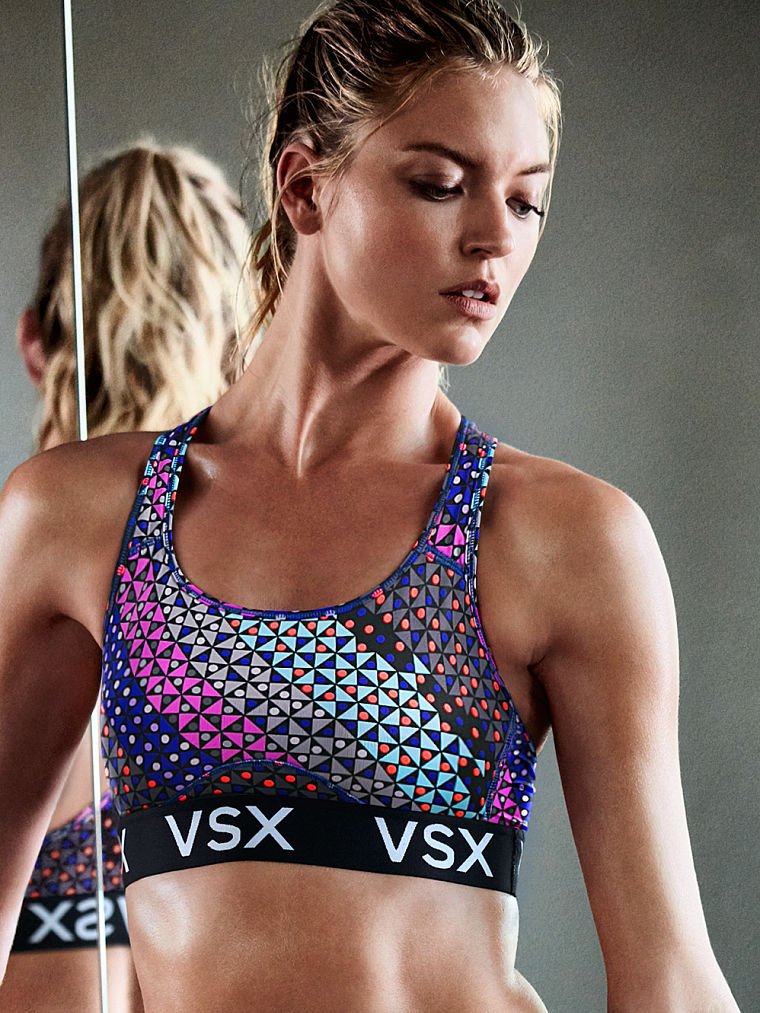Franchising, retail, business

22/08/2016
Victoria's Secret is getting cheaper.
As the company updates its sportswear collection with its new Victoria Sport line, it's been selling athletic apparel for lower prices, Gabriella Santaniello analyst and founder of consulting firm A Line Partners, told Business Insider recently.
"They did the full relaunch which was really a relaunch of prices, not necessarily product, so a lot of the existing product on the floor was just reticketed. It was a huge draw for customers," she said.
It's true — looking at the company's website, you can see that a basic medium-support sports bra costs only $15. That's less than half of the previous average price.
Some of its other sports bras still cost more, but m any bras now hover around $20.
For reference, at Forever 21, most sports bras hover around $9.90-$15.90, with the majority between $12.90 and $14.90, but there are some that are more expensive (including two $88 bras!).
At Lululemon, a sports bra runs between $48 and $68.
This comes on the heels of how this year, Victoria's Secret did something that was unprecedented: it had two back-to-back sales.
However, with the new, lower-price points, there's a bright side — the brand is more competitive now.
"You're looking at price reductions of 30% to 60%," Santaniello said to Business Insider. "They have, I think at this point, the most compelling price for sport bras on the market. So in terms of just a brand, you can easily buy Champion [bras] on Amazon at a cheap price or a comparable price, but the fact that Victoria's Secret as a brand offering a sport bra that low of a price point is really compelling for their consumer."
Recently, the company has been betting on a potentially troublesome trend: the bralette. The bralette could be problematic for Victoria's Secret because of its lower price tag, but also because, as Santaniello pointed out, they're really easy to make and pretty much any retailer could sell a bralette.
But, bralettes — which consumers buy in higher volume, as L Brands CFO Stuart Burgdoerfer pointed out on an earnings call last week — are fashion items.
It's sort of like fast fashion in that sense: buy lots for less.
Further, in o rder to stay relevant, Santaniello says the brand needs to "continuously come out with new products and fashion products." That's very essence of fast fashion brands like H&M and Zara. It's, she said, "a taste of [if you] can't beat 'em, join 'em."
Santaniello says selling bralettes and sports bras signal that the company is adapting to what young consumers want. They're "learning with millennial shoppers" and seeing what customers are actually willing to pay. (For millennials, that tends to not be much since they prefer to spend on experiences.)
When it comes to selling these trendy, less expensive items with lower margins, "it puts them in a bad position, but there's no way that they're going to escape that trend because that's just the way the market is moving."
It might be a smart move: many retailers have suffered because consumers are used to lower prices and speedy styles. Look no further than retailers like Banana Republic and J. Crew, which often are backlogged with tons of inventory and are prone to mark downs. Even Lululemon — which famously doesn't discount its apparel — has been grappling with inventory problems.
So far, though, it's paying off. Burgdoerfer said on a recent earnings call that the company saw "meaningful growth" in both the sport bra and bralette category.
Fonte:http://m.edilportale.com/news/2016/05/mercati/i-centri-commerciali-puntano-al-centro-citt%C3%A0_51831_13.html